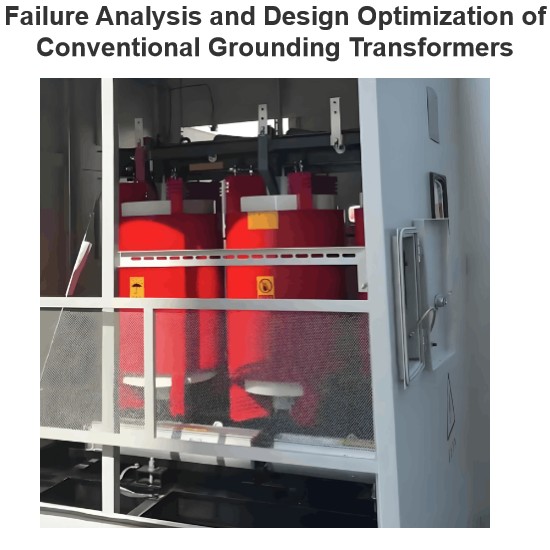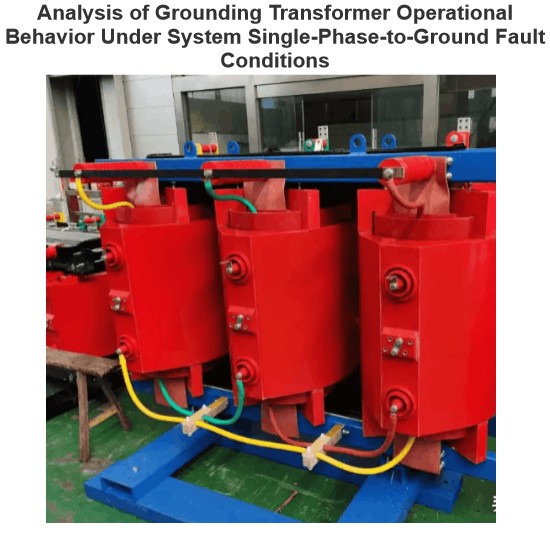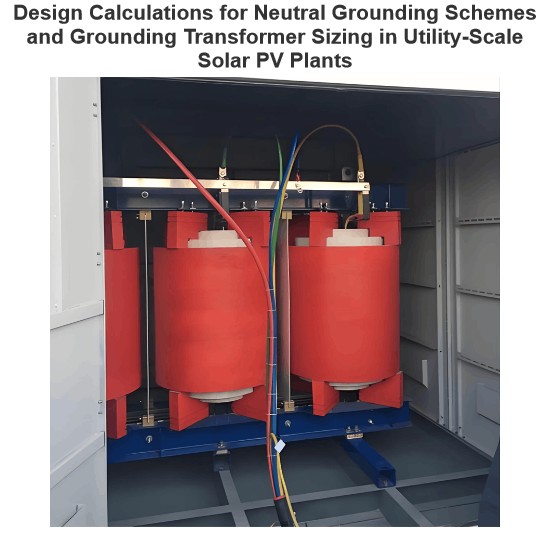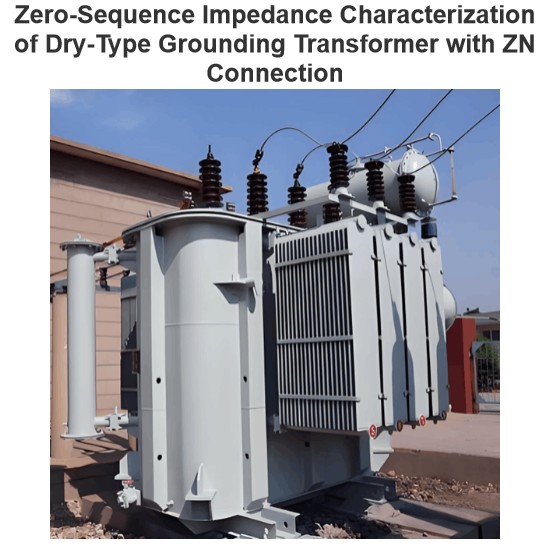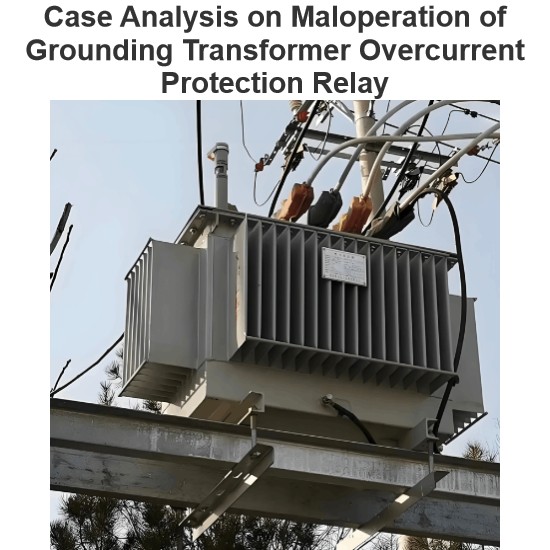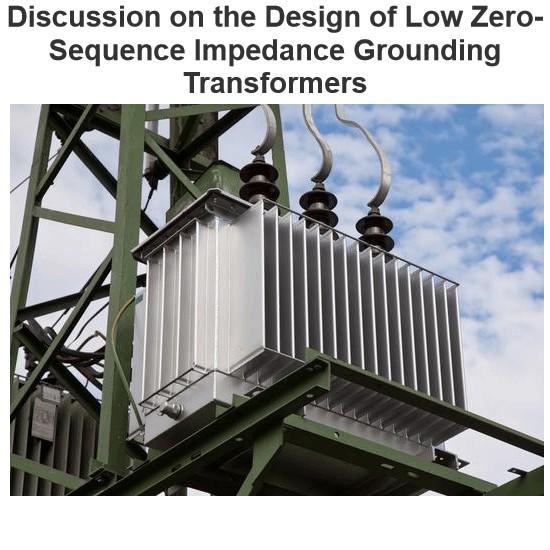| Brand | ROCKWILL |
| Model NO. | 252kV outdoor self-energy power high voltage SF6 circuit breaker |
| Rated voltage | 252kV |
| Rated normal current | 5000A |
| Rated frequency | 50/60Hz |
| Rated short circuit breaking current | 63kA |
| Series | LW58-252 |
Product introduction:
The LW58-252(W) outdoor self-energy high-voltage SF₆ circuit breaker is designed for 252kV, 50Hz AC power systems, serving as a critical control and protection device for power grid interconnections. Utilizing SF₆ gas for arc quenching and insulation, it features a self-energy power arc extinguishing double-action interrupter structure paired with a new-type spring operating mechanism. Renowned for its robust switching capability, low operating power, low noise, and high reliability, its technical indicators align with advanced domestic and international counterparts.
This three-phase SF₆ circuit breaker upgrades from single-pole, single-mechanism operation to a three-phase mechanical linkage system driven by a single mechanism. This design reduces mechanical complexity, enhances three-phase linkage reliability, and eliminates the risk of single-phase misoperation.
Main characteristic:
Self-Energy Arc Extinguishing Technology: The double-action structure ensures stable breaking capacity under diverse loads.
High Operational Efficiency: Requires minimal operating power, with a mechanical life cycle of up to 10,000 cycles for prolonged reliability.
Superior Contact Design: Copper-tungsten arc contacts use integral sintering, withstanding high temperatures, minimal arc erosion, and over 20 full breaking operations.
Reliable Sealing & Insulation:
Annual SF₆ gas leakage rate < 0.5% via precision sealing technology.
Stringent dehumidification processes ensure SF₆ moisture content far below industry standards.
High insulation level with creepage distance > 31mm/kV.
Advanced Materials:
Arc extinguishing chamber valve plates use lightweight zinc-base alloy for stable gas dynamics and breaking performance.
Imported PTFE-composite nozzles offer excellent ablation resistance and consistent arc quenching.
Premium Components: Secondary circuit electrical units and SF₆ density relays are high-quality impact-resistant or joint-venture products.
Pure Spring Operating Mechanism: Forged from high-strength alloy steel, key components resist wear, ensuring low failure rates during frequent operations.
Main technical parameters:
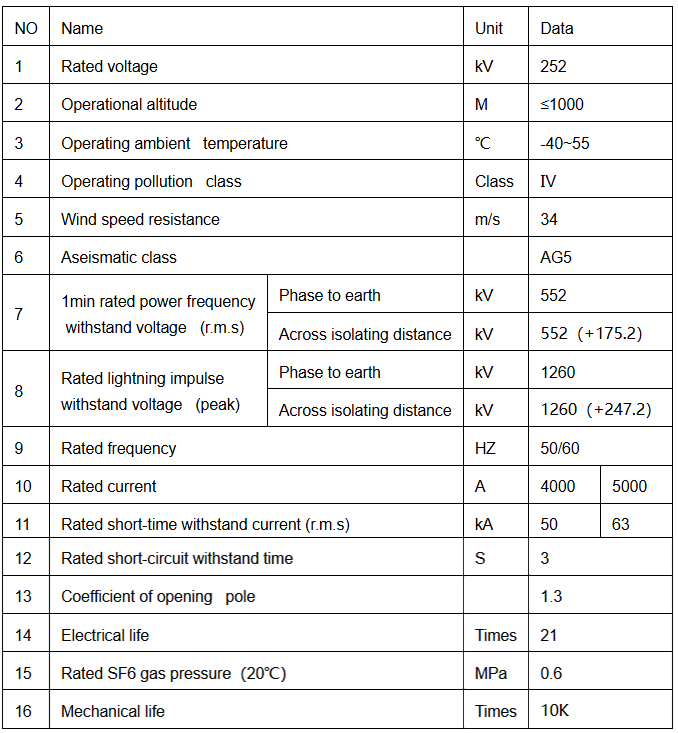
Instructions on placing orders :
Model and format of the circuit breaker;
Rated electrical parameters (voltage, current, breaking current, etc);
Working conditions for using (environment temperature, altitude, and environment pollution level);
Rated control circuit electrical parameters (Rated voltage of energy-store moter and Rated voltage of opening, closing coil);
Names and quantities of spare items needed, parts and special equipment and tools (to be otherwise ordered);
The wire connecting direction of the primary upper terminal.
What are the main types of tank circuit breakers?
SF6 Gas-Insulated Circuit Breaker: Uses sulfur hexafluoride (SF6) gas as the insulating and arc-quenching medium. SF6 gas has excellent insulating properties and arc-quenching capabilities, allowing it to meet the high voltage and high current breaking and insulation requirements in a small space. It is widely used in high-voltage and ultra-high-voltage power systems.
Oil-Immersed Circuit Breaker: Uses insulating oil as the insulating and arc-quenching medium. Insulating oil has good insulating properties and heat dissipation capabilities, effectively extinguishing arcs and cooling the contacts. However, due to the fire risk and environmental pollution associated with insulating oil, its application range has gradually decreased. Currently, it is mainly used in specific situations where fire prevention requirements are not stringent.

